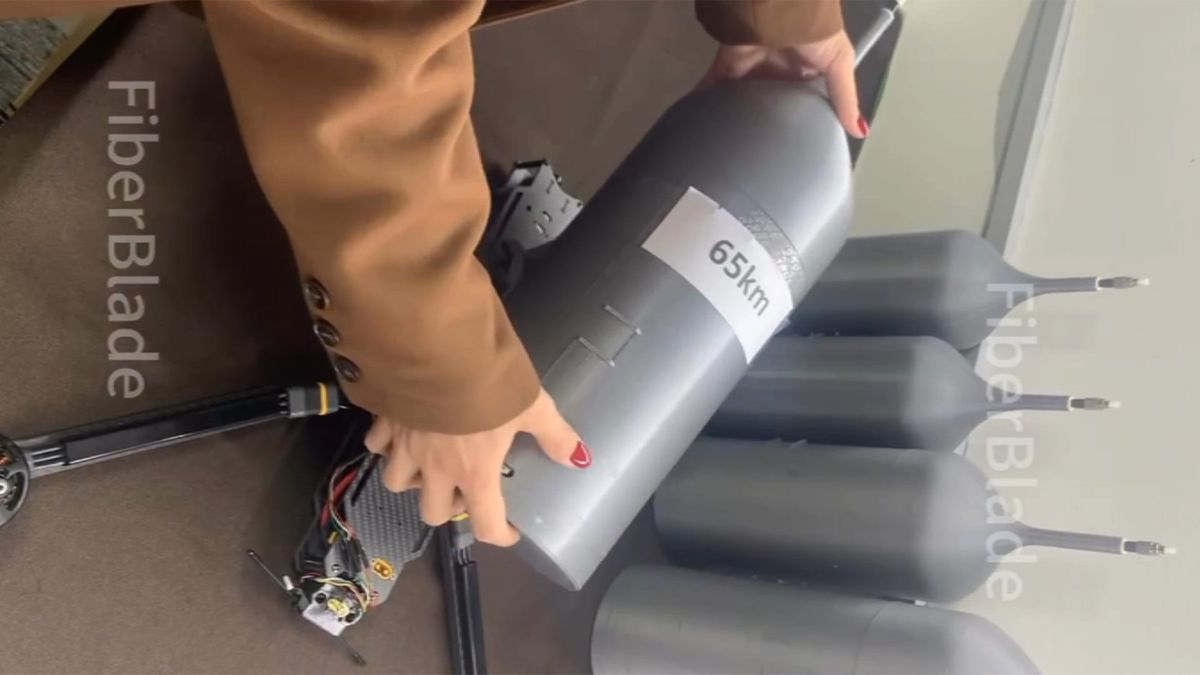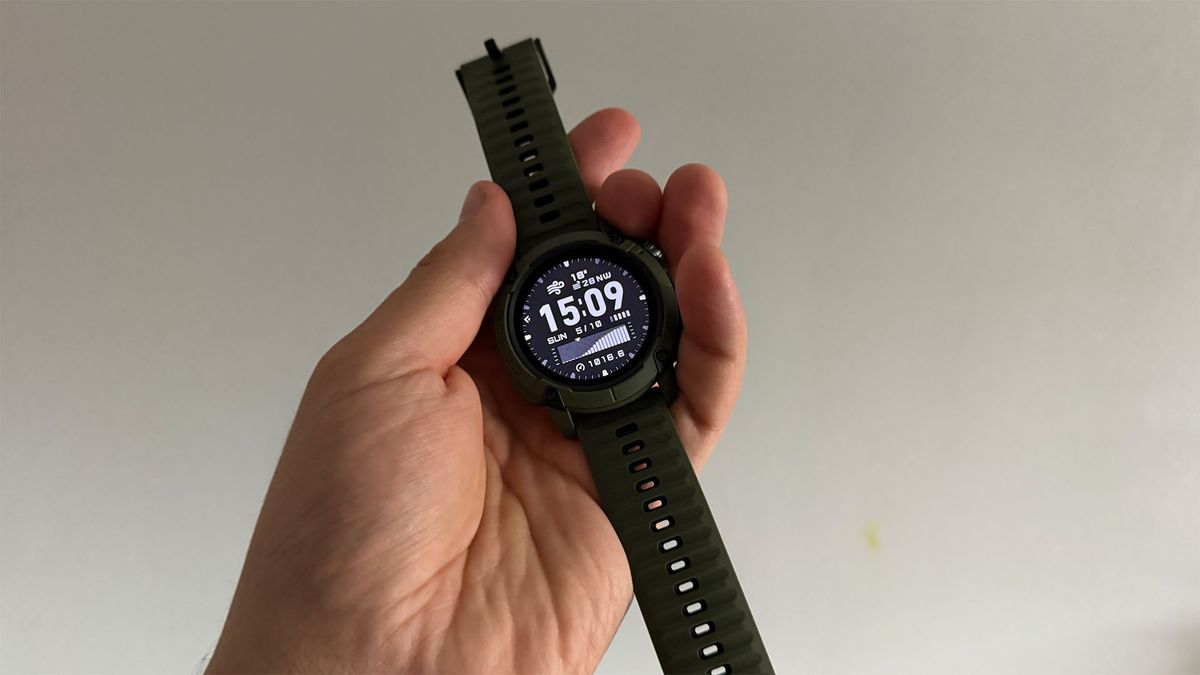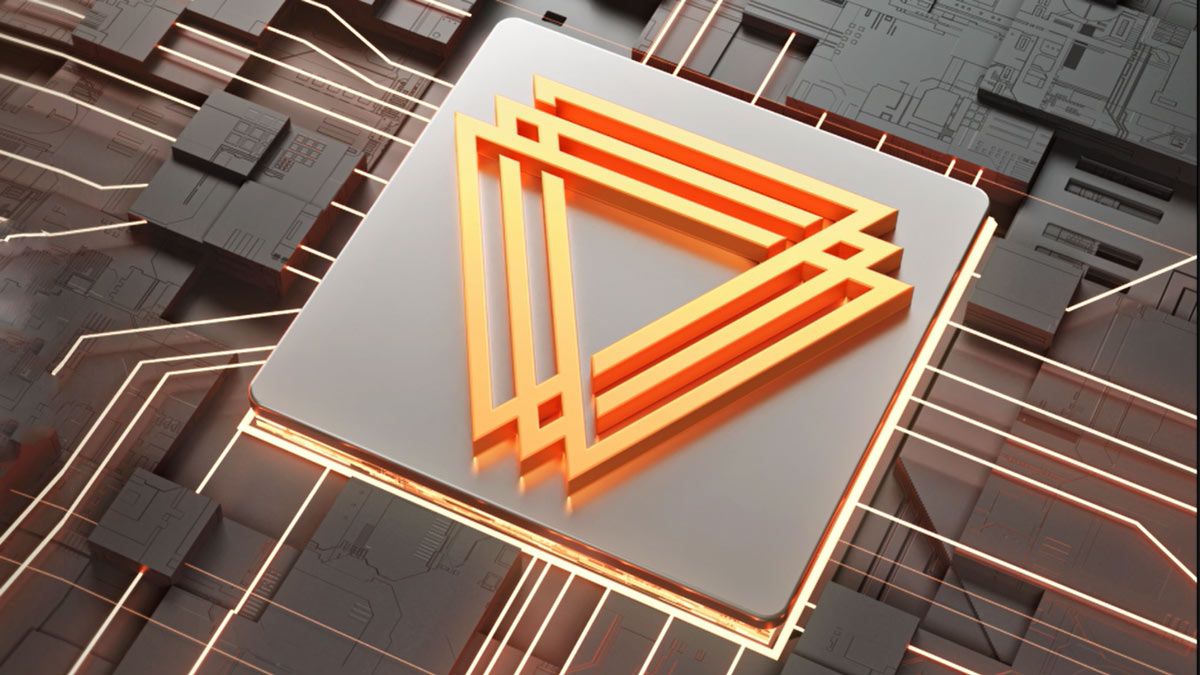The shonen anime landscape is teetering on the edge of a void as big marquee series like Demon Slayer and My Hero Academia approach their final acts. Long before this shift dominated online anime conversations, manga readers had already anointed Gachiakuta as the new hot contender to fill the gap. To their surprise, Bones Studio Films, the spin-off production company behind hits like My Hero Academia, Fullmetal Alchemist: Brotherhood, and Mob Psycho 100, announced it’ll be helming Gachiakuta‘s anime adaptation, effectively crowning it as the next big shonen. Gachaikuta‘s two-episode global premiere advanced screening at Anime Expo proves it has the narrative muscle and inventive flair to live up to the hype.
Gachiakuta, created by Kei Urano with graffiti art by Hideyoshi Andou, is a dystopian action-fantasy series. In this world, the privileged “apostles” reside in a pristine metropolis where trash is an afterthought, while the impoverished “tribesfolk” scrape by in the slums, scavenging that very waste between the borderline of their apartheid cities. The series follows Rudo, a social outcast who scours the city for discarded relics and rejuvenates and repurposes them into their former glory. Though Rudo’s restoration seeks to breathe fresh purpose into society’s refuse, both the Apostles and the Tribesfolk only see him as a freak who will inevitably bring society to ruin.
Framed for a crime he didn’t commit, Rudo is flung from the gleaming utopia of “the Sphere” into “the Pit,” a bottomless landfill where junk-born kaiju wreak havoc, poisonous smog chokes the air, and Mad Max-esque raiders roam. Stripped for parts and left for dead like a modern-day Prometheus (or Lucifer), Rudo vows to claw his way back to the floating city that discarded him like trash and make them pay.
As far as shonen protagonists go, Rudo is a far cry from the sunny Goku archetype that has proliferated the genre. If anything, he’s got more in common with Denji from Chainsaw Man with his rough-edged, emotionally guarded demeanor. This is made exceedingly clear in the premiere’s early goings, where his attempt to sport a grin looks more like a threat than a genuine smile. But the tension between Rudo’s rage and glimpses of vulnerability and downright soft-boy nature makes his Greek tragedy revenge arc burn hot in its premiere. By the end of its first episode, the desire to witness him crawl out of that pit, even if it means setting the world that tossed him aside on fire, practically bangs its fists on your chest.
Gachiakuta wastes no time amplifying its controlled yet chaotic visuals and sound to make them feel utterly electrifying. Every frame of Gachiakuta is enveloped in a gritty film grain that overlays its graffiti-charged character designs, wrapping them just enough to evoke the raw texture of vintage anime. Meanwhile, its 3DCG creatures shift and clank with hulking fluidity that doesn’t detract but enhances their menace. This stylish distortion also perfectly complements the manga’s bold, gritty aesthetic. In tandem with its look, Gachiakuta’s action and drama are underscored by a rap-metal soundtrack that bucks the sleek musical shonen polish from its contemporaries and delivers a snarling, distorted musicality that amplifies the feral feel of the series.
But what sets Gachiakuta apart is its power system, which ditches power levels for something more abstract and interesting. After awakening his “Giver” ability, Rudo has the power to channel emotional resonance through scrapped objects, tapping into their sentimental value and transforming them into powerful weapons. It’s abstract, deeply thematic, and clever in its connection to the series’ broader commentary on how one man’s trash can be another’s power.
Tonally, Gachiakuta walks a tightrope between the darkness of Doomcore and punchy levity. One moment, Rudo is fighting raiders who’ve spent countless years scavenging the Sphere’s castoffs, dodging junk-born monsters, and mourning loved ones crushed by falling debris. Through them, Rudo’s hopeful knack for reviving discarded trash is turned on its head as a deconstruction of abandoned trinkets, utilizing every part of them for both intrinsic and monetary value to stay alive. As a rare survivor from the world above, Rudo becomes the ultimate prize: a living treasure from the very system that condemned them. In the next moment, Rudo and his new mentor, Enjin, are bickering at full volume about trash kaiju while completely ignoring warnings to keep quiet. It’s chaotic, it’s absurd, and it works.
Sure, Gachiakuta isn’t an entire flipping of the shonen script. It still nods to genre stalwarts, serving as a mentor figure and a found family in the making. Still, its spirit, dipping its tone into seinen (the genre’s more mature older brother), lends its tale a refreshing atmosphere that its contemporaries aren’t offering. Rudo’s journey isn’t about discovering friendship or self-actualization. It’s about revenge, redemption, and resilience in a world built to break him. Sure, those flowery outcomes might inevitably come as a consequence of his revenge-laden odyssey, but its front-heavy themes make it sing.
With just two episodes, Gachiakuta already feels poised to be the next big shonen and more like a necessary one. It’s not just filling the gap left by Demon Slayer or My Hero Academia, it’s tearing that gap wider to make space for something bold, bruised, and hopefully, unforgettable.
Gachiakuta premieres July 6 on Crunchyroll.
Want more io9 news? Check out when to expect the latest Marvel, Star Wars, and Star Trek releases, what’s next for the DC Universe on film and TV, and everything you need to know about the future of Doctor Who.

















 English (US) ·
English (US) ·